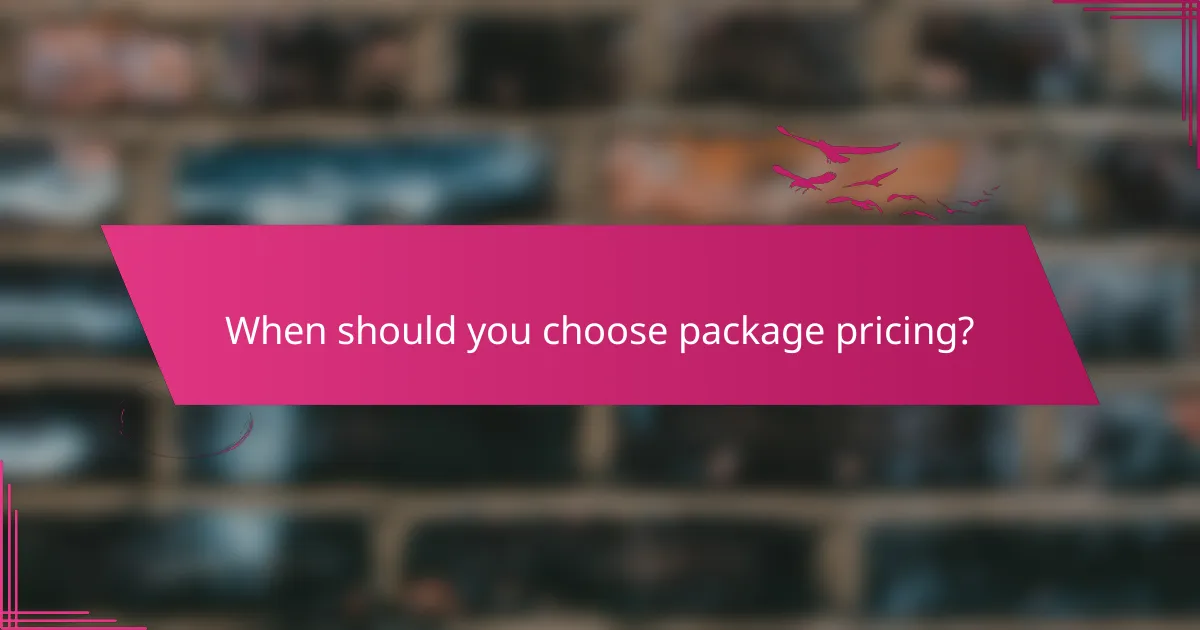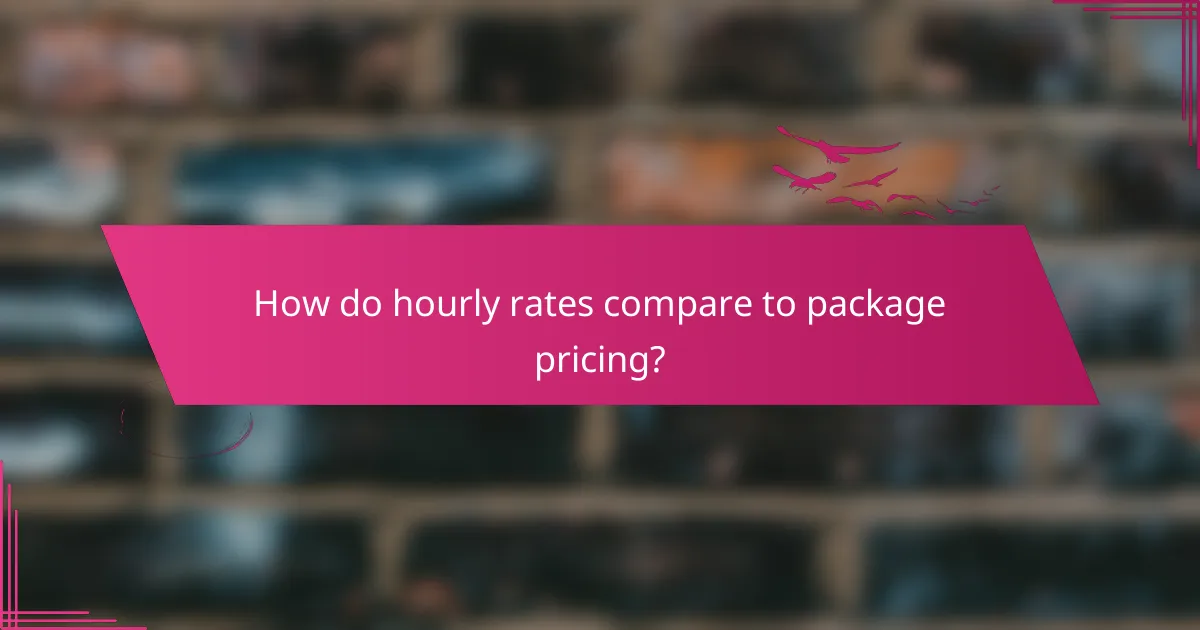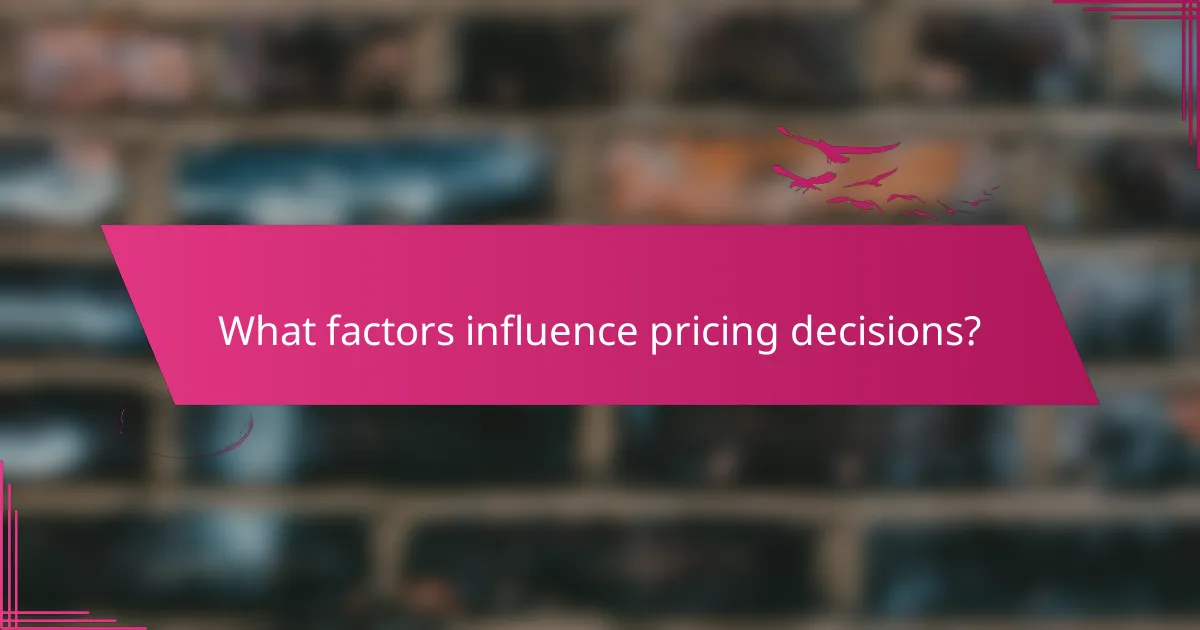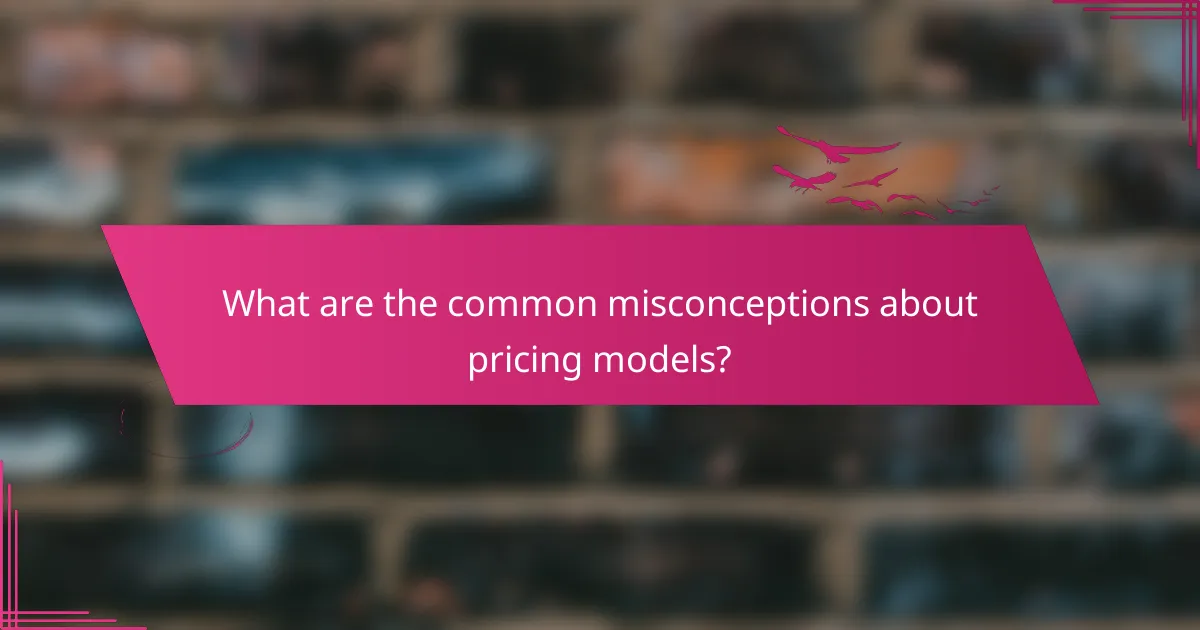When deciding between hourly rates and package pricing, it’s essential to consider the specific needs of both the client and the service provider. Hourly rates provide flexibility and allow clients to pay only for the time spent, making them suitable for short-term tasks. In contrast, package pricing offers a fixed cost for a defined set of services, simplifying budgeting and fostering long-term relationships. Understanding the advantages of each model can help in selecting the best approach for a given project.

What are the benefits of hourly rates?
Hourly rates offer several advantages, particularly in terms of flexibility and cost management. They allow clients to pay only for the time spent on a project, which can be beneficial for both short-term tasks and ongoing work.
Flexibility for clients
Hourly rates provide clients with the ability to adjust the scope of work as needed. If a project evolves or priorities change, clients can easily modify their requests without being locked into a fixed package. This adaptability is especially valuable in dynamic environments where requirements can shift rapidly.
For instance, if a client initially plans for a small project but later decides to expand it, they can simply pay for the additional hours rather than renegotiating a contract. This flexibility can lead to a more satisfying working relationship.
Cost control for projects
With hourly rates, clients maintain better control over their budgets. They can monitor the time spent on tasks and make informed decisions about whether to continue or adjust the project. This transparency helps prevent unexpected costs that can arise from fixed-price contracts.
Clients can set a budget limit and communicate this to the service provider, ensuring that work stays within financial constraints. Regular updates on hours worked can help in assessing project progress and costs effectively.
Ideal for short-term engagements
Hourly rates are particularly suited for short-term engagements where the scope of work is uncertain. For example, freelancers or consultants often use hourly billing for one-off projects or initial consultations, allowing clients to test the waters before committing to longer-term contracts.
In these scenarios, clients benefit from the ability to engage services as needed without a long-term commitment. This approach is ideal for businesses that require expertise for specific tasks without the overhead of a full-time hire.

When should you choose package pricing?
Package pricing is ideal when you want to offer clients a clear, fixed cost for a defined set of services. This approach simplifies budgeting for clients and encourages long-term commitments, making it a preferred choice for many service providers.
Predictable budgeting for clients
Package pricing allows clients to know exactly what they will pay upfront, which helps them manage their budgets effectively. Instead of worrying about fluctuating hourly rates, clients can plan their finances around a fixed cost.
This predictability is particularly beneficial for businesses with tight budgets or those that require ongoing services. For example, a marketing agency might offer a monthly package that includes social media management, content creation, and analytics reporting for a set fee, eliminating any surprises in billing.
Comprehensive service offerings
With package pricing, service providers can bundle multiple services together, creating a more comprehensive offering. This not only adds value for clients but also encourages them to utilize more of your services.
For instance, a web design firm might offer a package that includes website development, SEO optimization, and maintenance. Clients are more likely to invest in a package that covers all their needs rather than selecting individual services, which can lead to better overall results.
Long-term project commitments
Package pricing often fosters long-term relationships between clients and service providers. By committing to a package, clients are more likely to engage in ongoing projects, ensuring consistent work for the provider.
This approach can lead to better project outcomes as both parties invest in the relationship. For example, a consulting firm might offer a yearly package that includes quarterly strategy sessions and ongoing support, encouraging clients to stay engaged and committed to their growth.

How do hourly rates compare to package pricing?
Hourly rates charge clients based on the time spent on a project, while package pricing offers a set fee for a defined scope of work. Each pricing model has its advantages and disadvantages, making the choice dependent on the specific needs of the client and the nature of the service provided.
Cost-effectiveness analysis
When evaluating cost-effectiveness, hourly rates can be beneficial for projects with uncertain scopes, as clients only pay for the time actually worked. Conversely, package pricing often provides a more predictable expense, which can be appealing for budgeting purposes.
For instance, if a client expects a project to take around 10 to 15 hours, an hourly rate might be more economical if the project ends up requiring less time. However, if the project is complex and likely to exceed 20 hours, a package deal could save money in the long run.
Client satisfaction metrics
Client satisfaction can vary significantly between hourly rates and package pricing. Hourly billing may lead to dissatisfaction if clients feel they are being charged excessively for time spent on minor tasks. In contrast, package pricing can enhance satisfaction by providing a clear understanding of costs upfront.
Surveys often indicate that clients prefer package pricing for its transparency, as it eliminates the anxiety of unexpected charges. However, some clients may appreciate the flexibility of hourly rates for projects that require ongoing adjustments.
Service scope differences
The service scope is a critical factor in deciding between hourly rates and package pricing. Hourly rates are typically more suitable for projects with variable requirements, where the total time needed is hard to estimate. This model allows for adjustments as the project evolves.
On the other hand, package pricing is ideal for well-defined projects with specific deliverables. For example, a marketing agency might offer a package that includes a set number of social media posts and a campaign strategy, providing clarity on what the client will receive for their investment.

What factors influence pricing decisions?
Several key factors influence pricing decisions, including project complexity, client needs, and prevailing market trends. Understanding these elements helps determine whether hourly rates or package pricing is more suitable for a given situation.
Project complexity
Project complexity plays a significant role in pricing decisions. More intricate projects often require specialized skills and additional resources, which can justify higher rates or package prices. For example, a software development project with multiple integrations may be priced higher than a simple website design.
When assessing complexity, consider factors such as the number of stakeholders involved, the technology stack required, and the expected timeline. Generally, more complex projects may benefit from package pricing, as it provides clients with a clear scope and budget.
Client needs and expectations
Understanding client needs and expectations is crucial for effective pricing. Clients may prefer hourly rates for smaller tasks where they want flexibility, while larger projects might warrant package pricing for predictability. Tailoring your pricing model to align with client preferences can enhance satisfaction and foster long-term relationships.
Engaging in open discussions about project goals and budget constraints can help clarify expectations. For instance, if a client is looking for a comprehensive marketing strategy, a package deal might be more appealing than an hourly rate, as it encompasses all necessary services.
Market trends in pricing
Market trends significantly impact pricing strategies. Staying informed about competitor pricing and industry standards can help you position your services effectively. For instance, if most agencies in your area are shifting towards package pricing, it may be beneficial to adopt a similar approach to remain competitive.
Regularly reviewing market conditions and adjusting your pricing accordingly is essential. Consider conducting surveys or analyzing competitor offerings to identify common pricing structures. This insight can guide your decisions, ensuring your rates are both competitive and reflective of the value you provide.

How to determine the best pricing model for your business?
Choosing the right pricing model for your business involves evaluating your client base, the services you offer, and the competitive environment. Understanding these factors will help you decide whether hourly rates or package pricing aligns better with your goals and client expectations.
Assessing client demographics
Client demographics play a crucial role in determining the most effective pricing model. For instance, businesses targeting small startups may benefit from hourly rates, as these clients often prefer flexibility and lower upfront costs. In contrast, larger corporations may favor package pricing for its predictability and comprehensive service offerings.
Consider conducting surveys or interviews to gather insights about your clients’ preferences and budget constraints. This information can guide you in tailoring your pricing strategy to meet their needs effectively.
Evaluating service offerings
The nature of your services significantly influences the choice between hourly rates and package pricing. If your services are highly variable or project-based, hourly rates may be more appropriate, allowing you to charge based on the actual time spent. However, if you provide consistent services, such as monthly retainers or ongoing support, package pricing can offer clients better value and encourage long-term commitments.
Analyze your service offerings to identify which model aligns best with the value you provide. For example, if you offer a suite of services that can be bundled together, package pricing may enhance client satisfaction and streamline your revenue flow.
Understanding competitive landscape
Researching your competitors’ pricing strategies is essential for positioning your business effectively. If most competitors in your market use hourly rates, introducing package pricing could differentiate your services and attract clients looking for predictable costs. Conversely, if package pricing is the norm, offering hourly rates might appeal to clients seeking flexibility.
Keep an eye on industry trends and adjust your pricing model as needed. Regularly reviewing competitor pricing can help you stay competitive and ensure your rates reflect the value you provide in the current market.

What are the common misconceptions about pricing models?
Many people mistakenly believe that hourly rates are always more cost-effective than package pricing, or that package pricing lacks flexibility. Understanding the nuances of each model is crucial for making informed decisions based on specific project needs.
Hourly Rates
Hourly rates charge clients based on the actual time spent on a project. This model is often perceived as straightforward, but it can lead to unpredictability in total costs. Clients may end up paying significantly more if the project takes longer than anticipated.
When considering hourly rates, it’s essential to evaluate the complexity of the work. For tasks that require extensive time and expertise, hourly rates can become expensive. However, for short-term projects or consultations, they may provide a clear and fair pricing structure.
Package Pricing
Package pricing offers a set fee for a defined scope of work, which can provide clients with a clearer understanding of total costs upfront. This model is beneficial for projects with well-defined deliverables, as it minimizes the risk of unexpected expenses.
However, package pricing can sometimes lack flexibility, making it challenging to accommodate changes in project scope. It’s crucial to ensure that the package includes all necessary services to avoid additional charges later. For example, a marketing package might include a set number of social media posts, but extra posts could incur additional fees.
When to Use Each Model
Choosing between hourly rates and package pricing depends on the project type and client needs. Hourly rates are ideal for ongoing work or projects with uncertain timelines, while package pricing works best for well-defined projects with specific outcomes.
Consider the project’s scope and your budget. If you have a clear idea of what you need and can outline the deliverables, package pricing may save you money. Conversely, if the project requires exploration and flexibility, hourly rates might be more appropriate.
